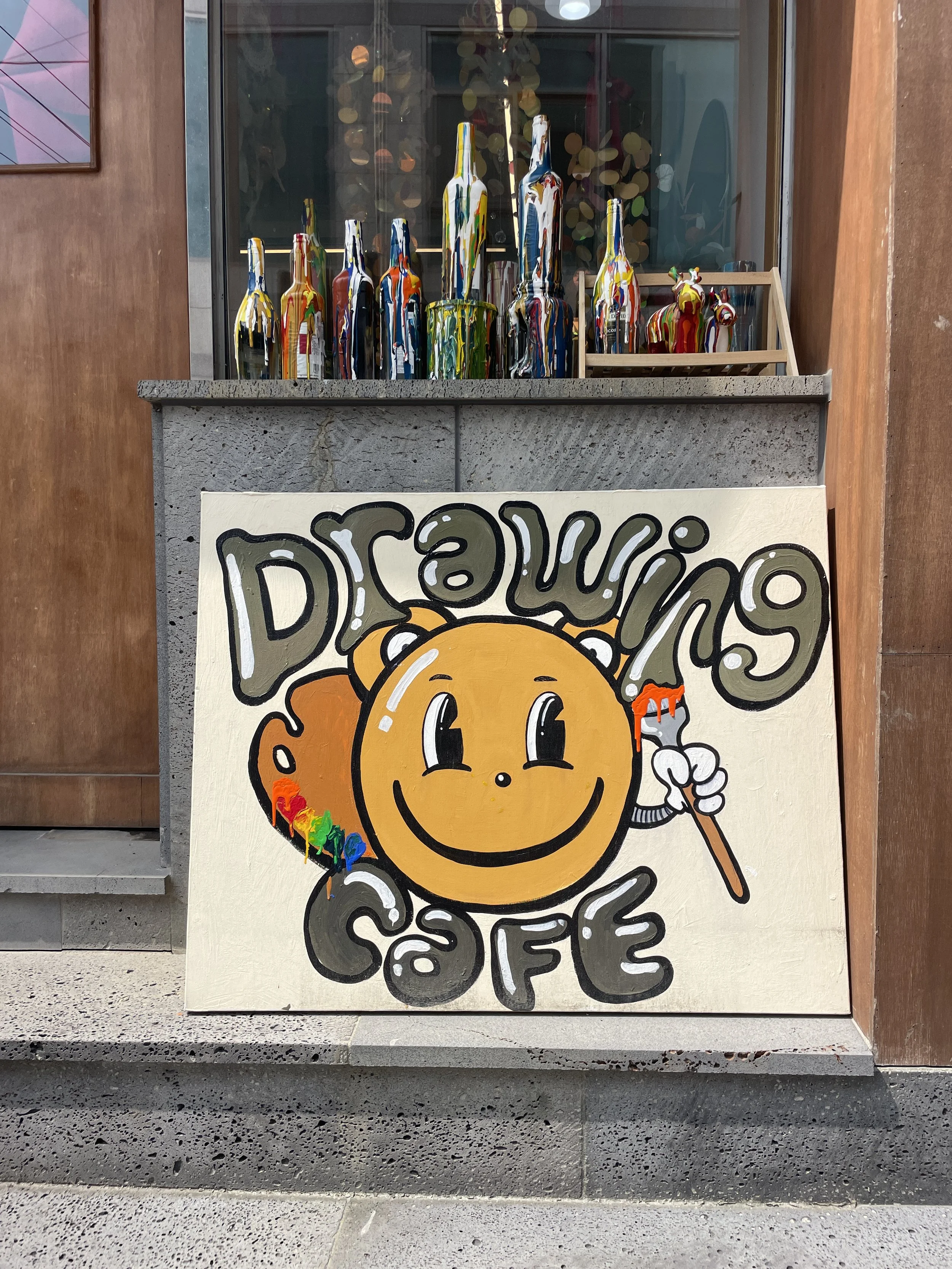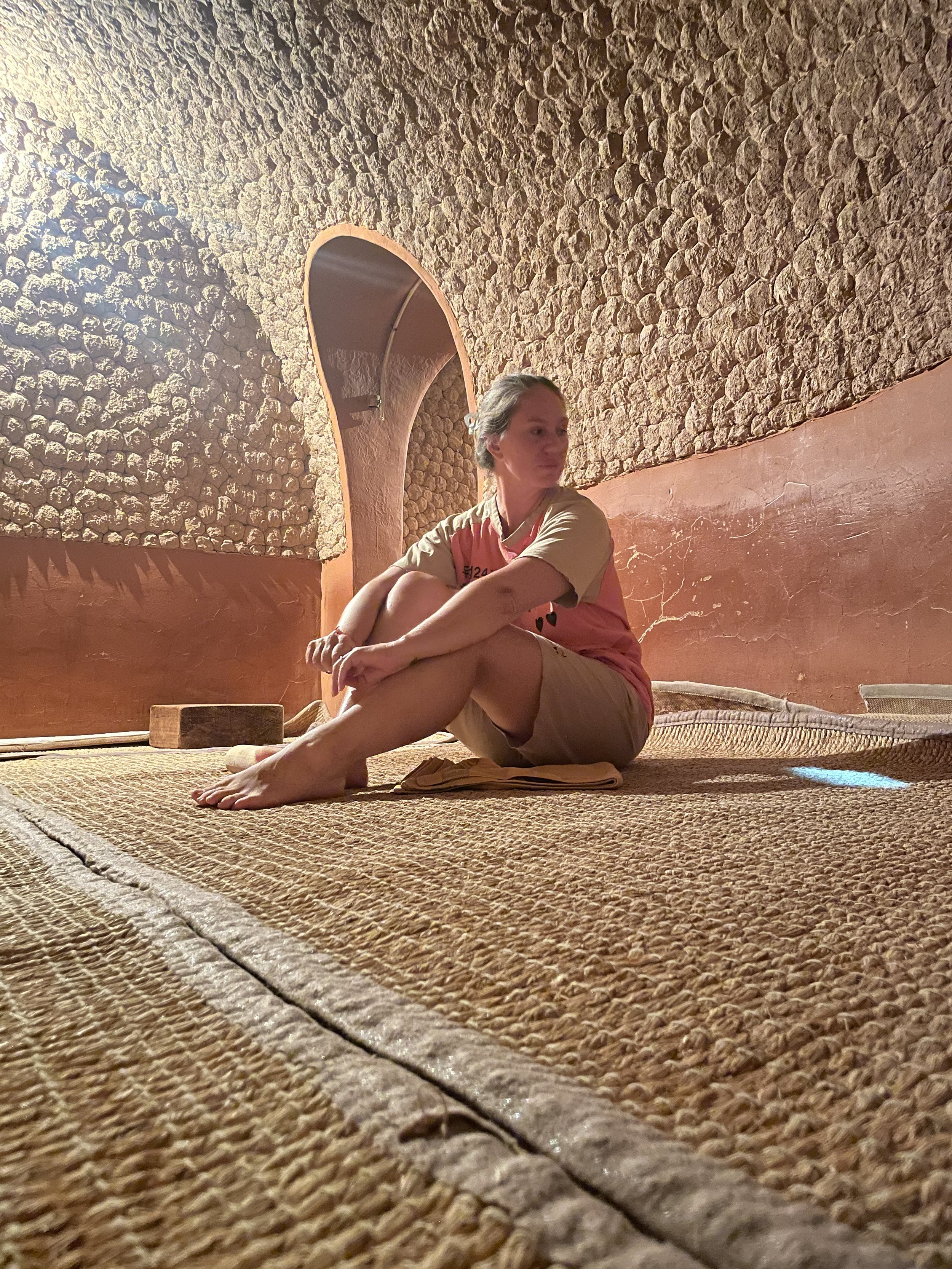Around Pyeongtaek: Shrine of Jeong Dojeon
Jeong Dojeon (정도전) (1342-1398) was a prominent Korean scholar during the late Goryeo to the early Joseon periods. Also known by his pen name, Sambong (삼봉), he was one of the key figures in creating the Joseon Dynasty in 1392. He helped solve the problems that he saw plaguing the Goryeo society and laid the groundwork for the new society.
Painted image of Jeong Do-jeon
He replaced Buddhism with Confucianism, moved the capital to Hanyang (present day Seoul), changed the political system to a bureaucracy, and implemented new social reforms. He argued that the government, including the King, exists for the sake of the people.
In addition to the Shrine for Jeong Dojeon, you can also visit the Sambong Memorial Hall and a memorial hall dedicated to the Printing Woodblocks of Sambongjip (Collected Works of Jeong Dojeon). Sambonjip (삼봉집) is a compilation of Jeong Dojeon’s poetry, philosophy, and his plans for the reformation of the government. Initially it was published as two volumes in 1397 by his son Jeong Jin. It has since been reprinted several times, with the final update in 1791. It was then republished under an order by King Jeongjo and it includes writings omitted from previous versions as well as a biography of Jeong Dojeon. The woodblocks are on display here.




In 1394, he wrote the Joseon Gukjeon, The Administrative Code of Joseon, which was the basis for the Joseon law system. This is now included as part of Sambonjip.
Inside the Sambong Memorial Hall is a timeline of Jeong Dojeon’s life. There’s a printing station where you can recreate a graphic of Gyeongbokgung Palace, a map of Hanyang Castle Town (present day Seoul) and two quotations from Jeong Dojeon.




In 1395 he was tasked with naming then new palace, Gyeongbokgung Palace. In addition, he was tasked with naming each palace, province and districts in the capital. As it was Jeong Dojeon’s decision to move the capital city to Hanyang inside the memorial hall dedicated to the woodblocks, is a miniature model version of Hanyang Castle Town.
Jeong Dojeon’s service as an adviser to the Joseon founder Yi Seonggye was short lived, lasting for only 6 years. Jeong Dojeon was killed by the Joseon Prince Yi Bangwon, the fifth son of Yi Seonggye, in a coup on August 26, 1398. However, the political and social groundwork he laid remained in use for over 500 years until it was replaced by the Korea empire in 1897.
Interestingly, Jeong Dojeon was vilified for much of history but much of modern Korean culture, etiquette, norms, and societal attitudes toward current issues, along with the modern Korean language and its dialects, derive from the culture and traditions of Joseon. Modern Korean bureaucracy and administrative divisions were also established during the Joseon period. (wikipedia)
Culture Tour Guide banner at the Ancestral Shrine of Jeong do-jeon
The Jeong dojeon ancestral shrine is located in Northern Pyeongtaek and is open to the public everyday except Monday. They also offer a Culture Tour Guide for no cost! The hours vary depending on the time of year, but this is a great way to learn more about Pyeongtaek City.
This ancestral shrine was designated as a local heritage site in Pyeongtaek City on March 5, 1986 and every spring and fall there is a memorial rite led by his descendants.
If you want to learn more about Jeong Dojeon or the Joseon Dynasty, make sure to check out this ancestral shrine in Pyeongtaek!




Naver link:
경기 평택시 진위면 은산리
189 Eunsan-ri, Jinwi-myeon, Pyeongtaek-si, Gyeonggi-do
https://naver.me/FJHDVAdS
Closed on Monday.











